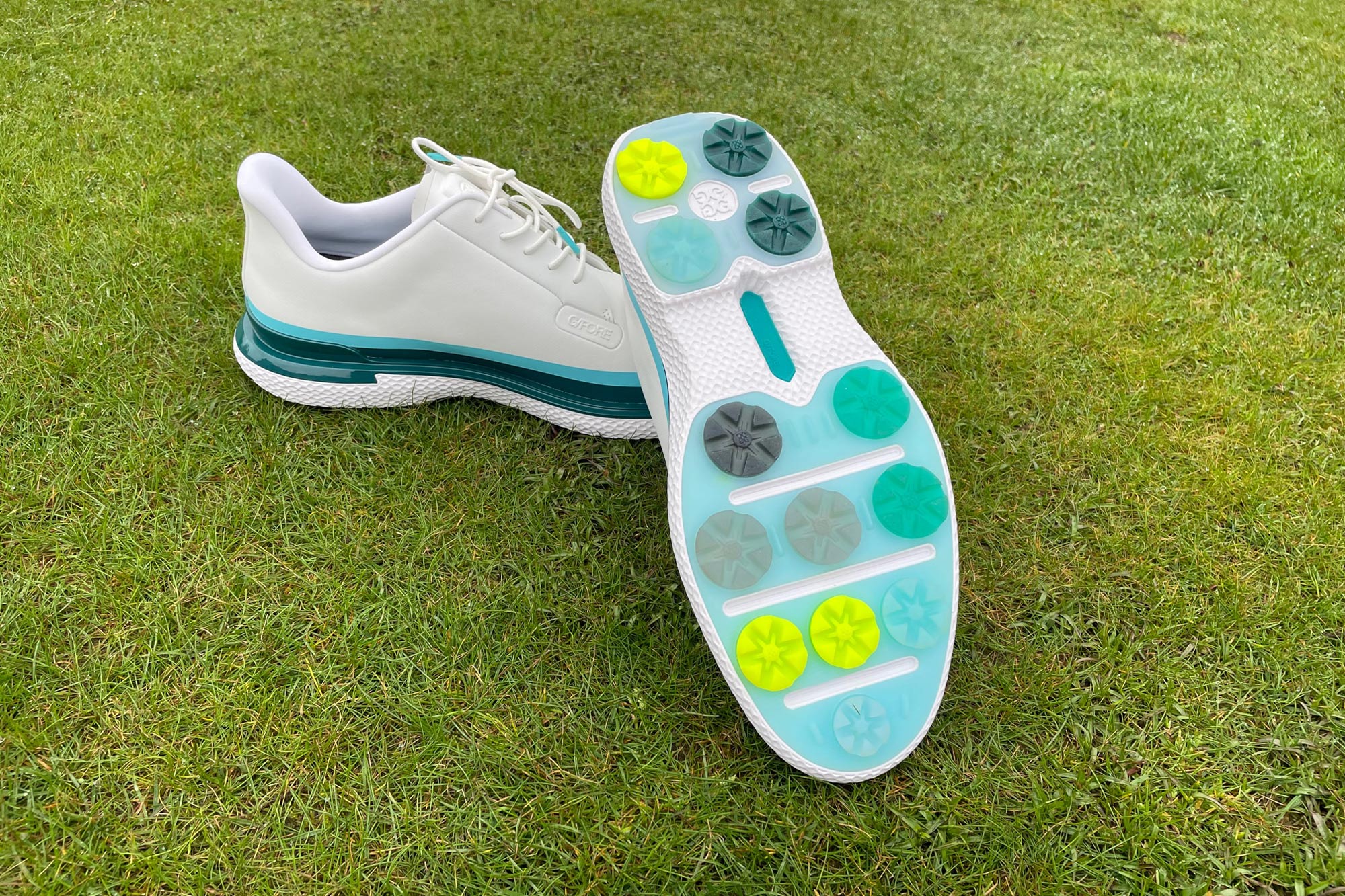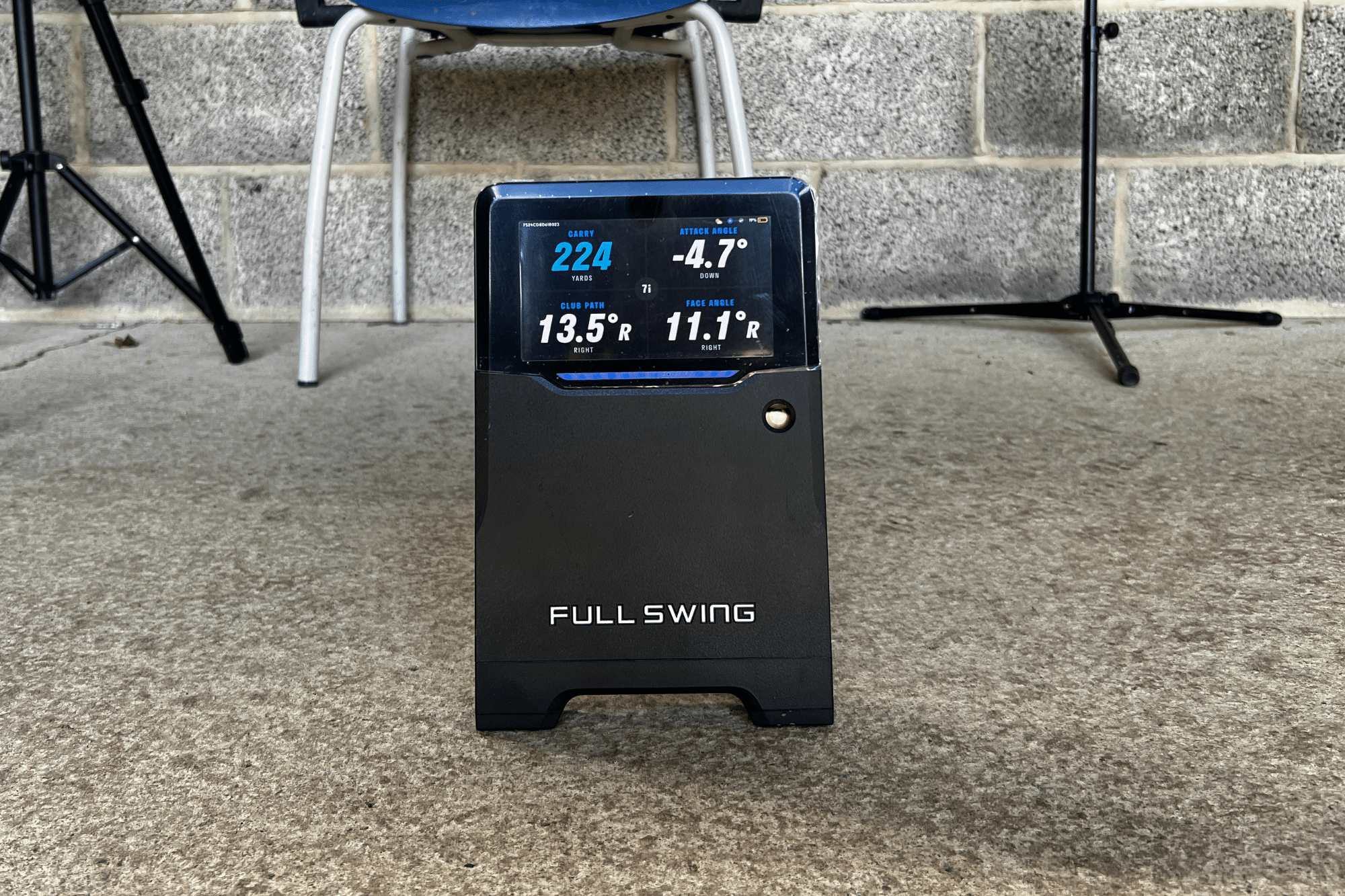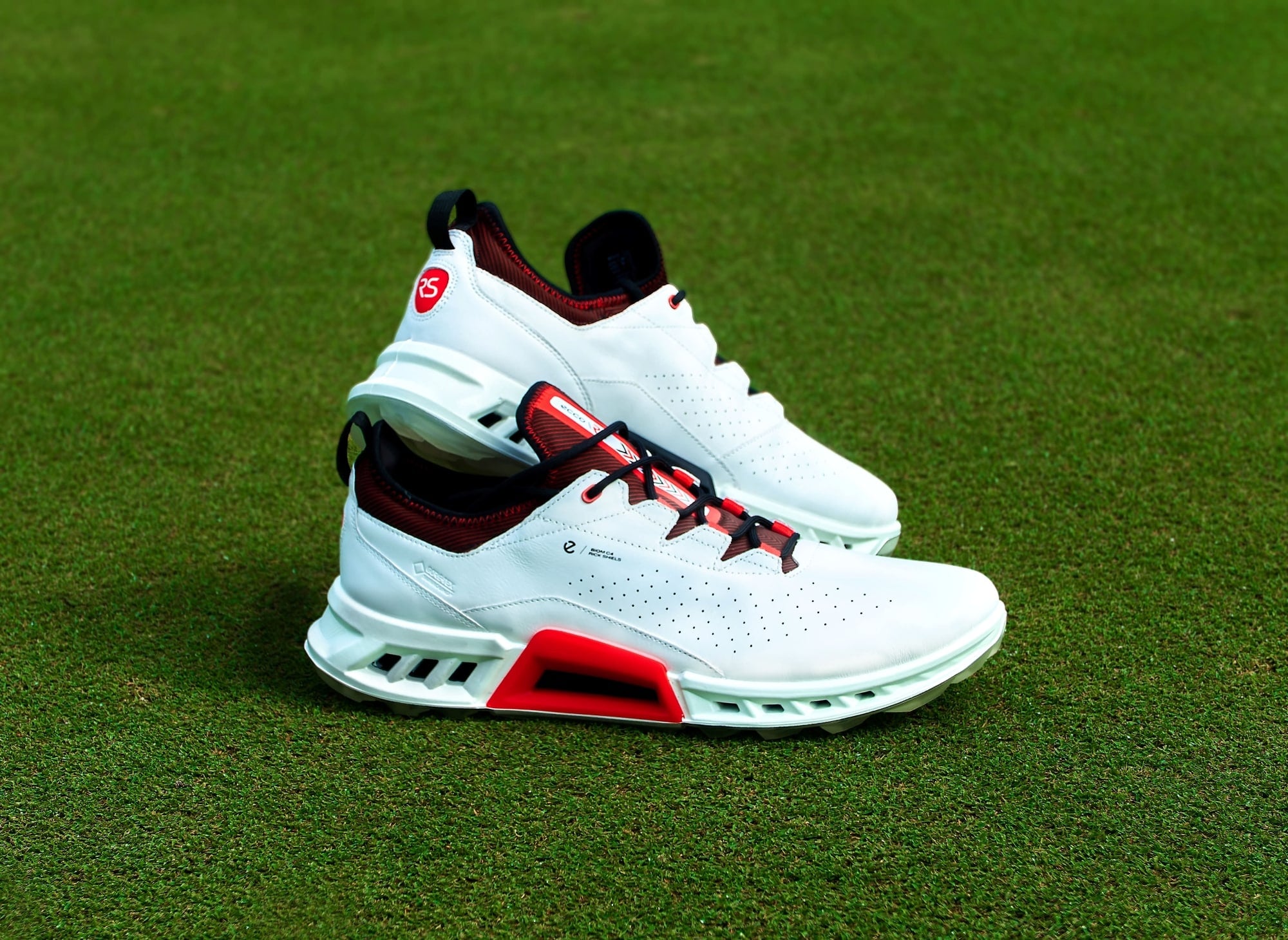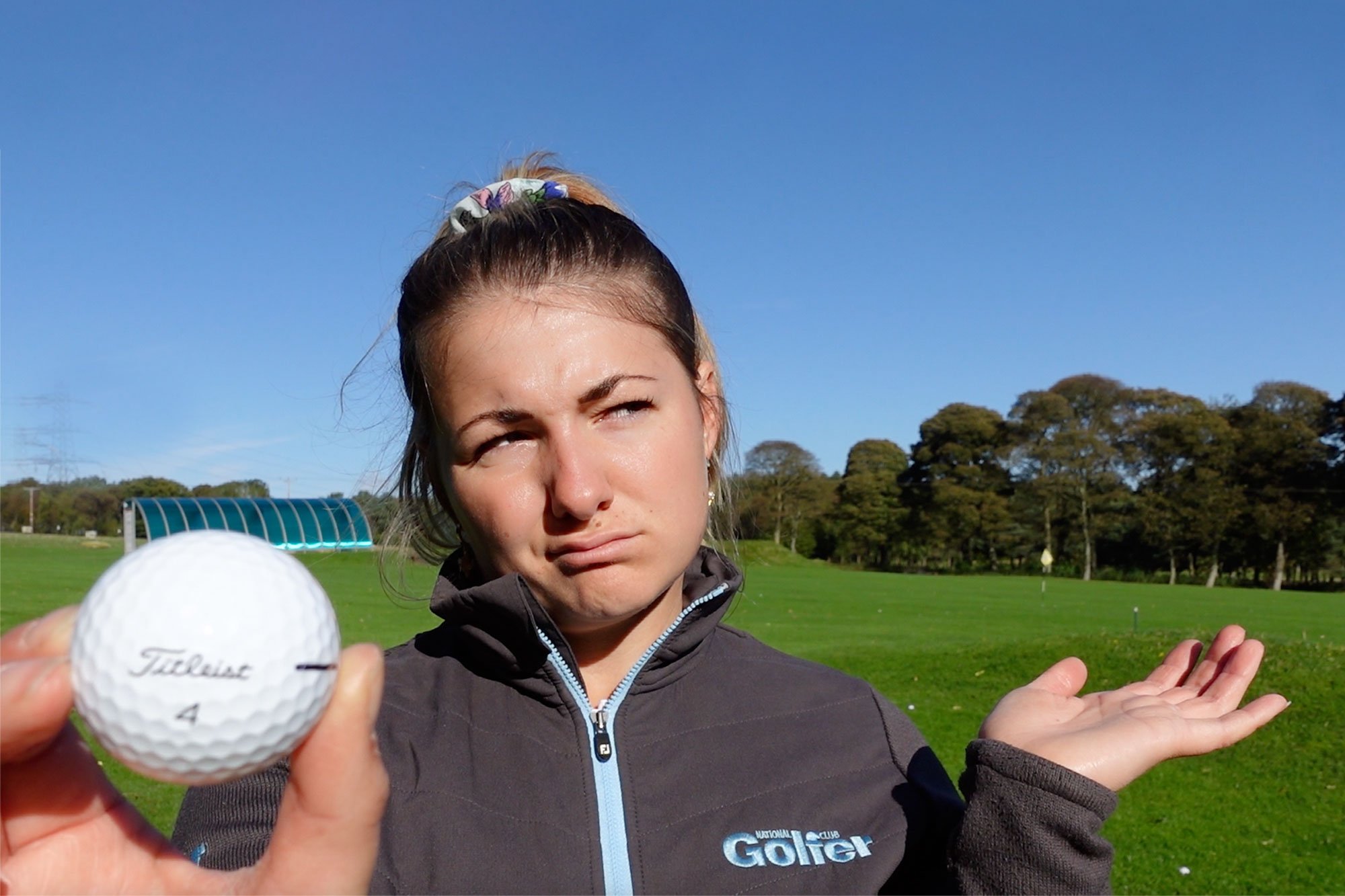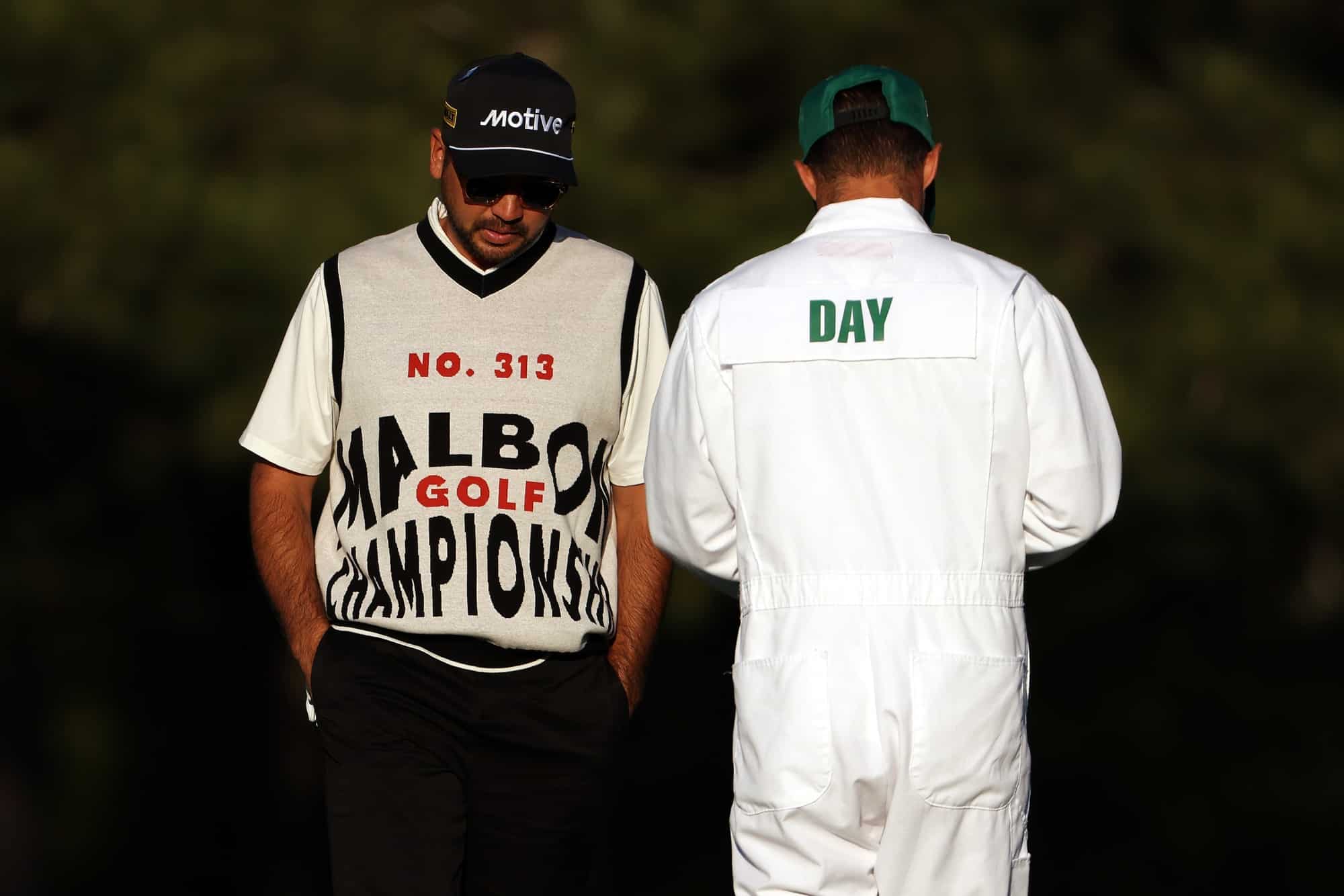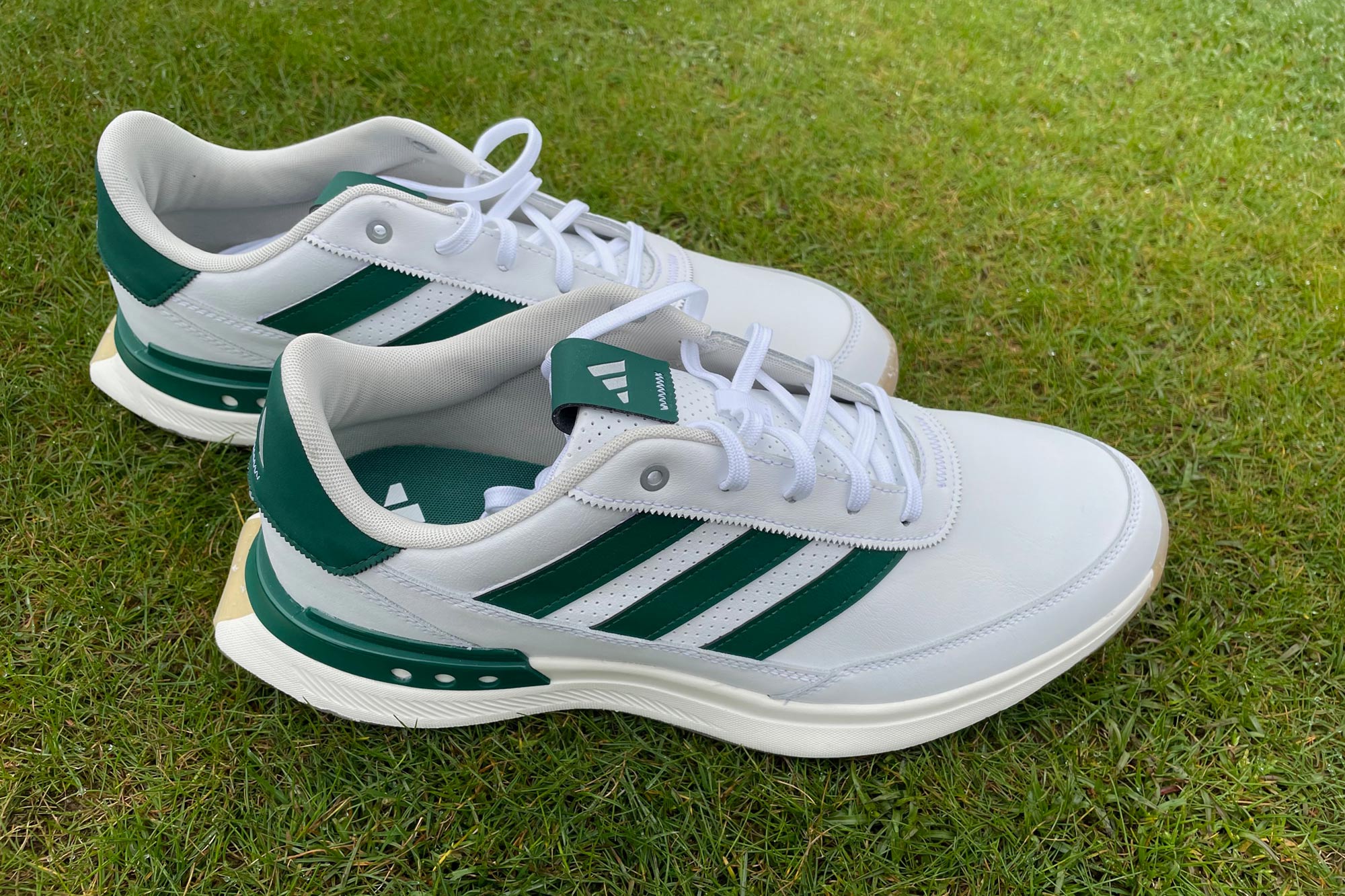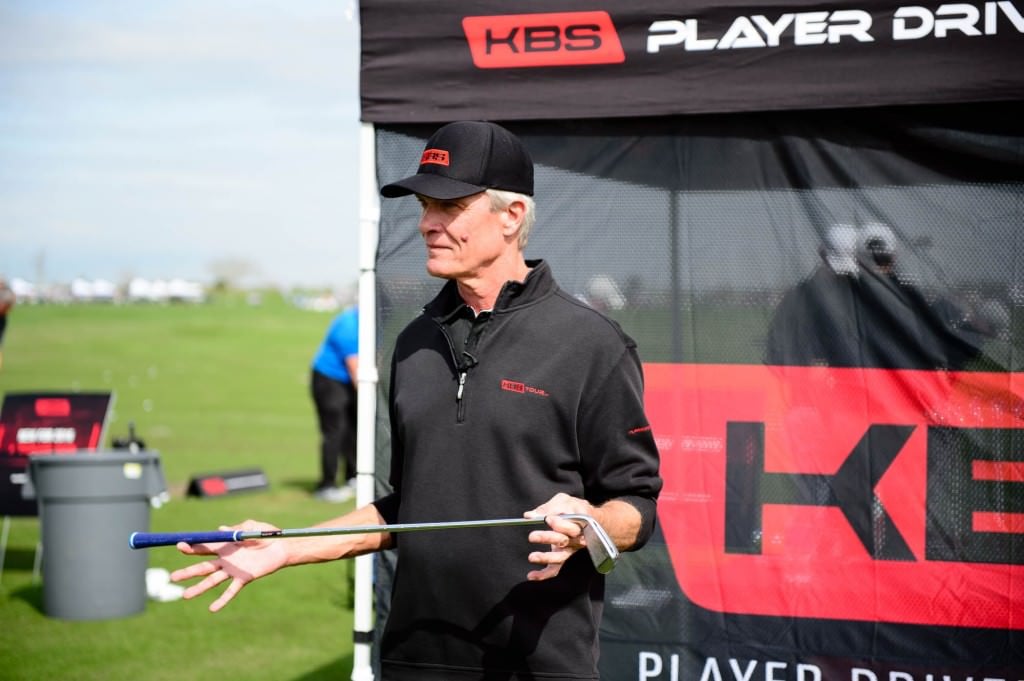
People you should know in golf: Kim Braly
Kim Braly is a name most people won’t be very familiar with.
His is the KB in KBS shafts and is the son of Dr Joe Braly who invented frequency matching in shafts. He invented it.
Kim is now the director of R&D and tour operations at KBS who make some of the most popular steel shafts featured on the PGA Tour.
He had dreams of making it as a player himself but followed in his fathers footsteps as a golf club designer before moving exclusively into shafts.
We met him at the 2017 PGA Show in Orlando…

Where did you grow up?
Primarily on the east coast, outside of Philadelphia.
When did you first get into golf?
I started playing quite late, I was 13. I soon thought I was going to be a tour player.
My dad was a doctor but he designed a sand wedge while I was still in high school. That sand wedge was what got us into golf.
Later on we found out that there were some inconsistencies with the shafts. We used a robot to hit balls with exactly the same head and found there were inconsistencies with the shafts.
So that was when we got into the shaft business and my dad invented frequency matching and I was about 17 by then.
What was your first job in golf?
I caddied and shagged golf balls and I did that kind of thing. I did a lot of caddying.

What was the best decision you ever made?
To marry the girl that I married.
It’s quite unusual for someone to do something that they really love. I love this game and I’ve never done anything that’s not been in some way affiliated with golf. Whether that was chasing golf balls or carrying someone’s bag around.
So the best decision was to stay in golf.
What was the worst decision?
There’s lots of things that I would have done different. There’s probably one or two times that I drove when I shouldn’t have done. But honestly, I love what I do and get to do it everyday.
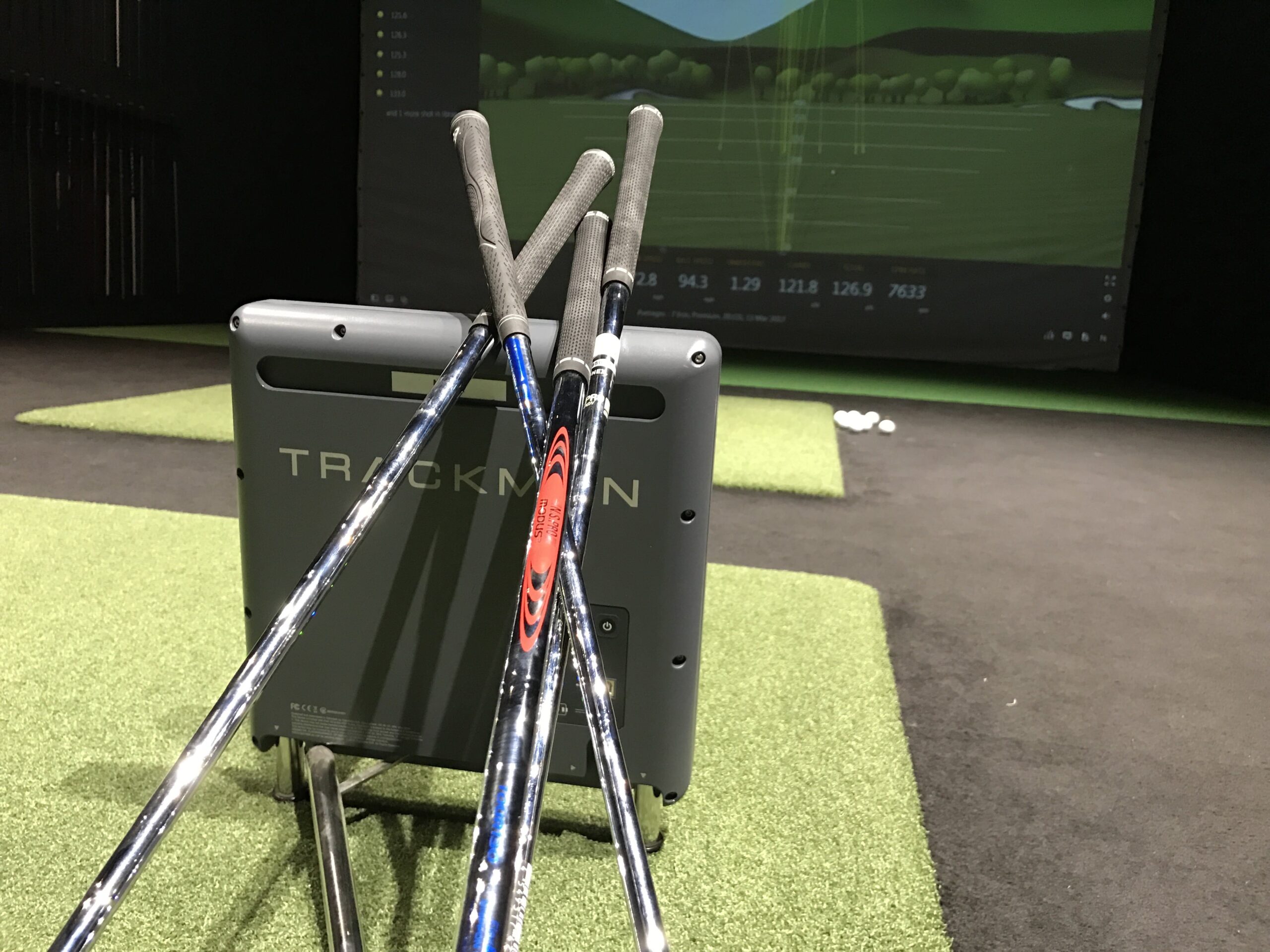
Nippon iron shafts reader test at Tour X
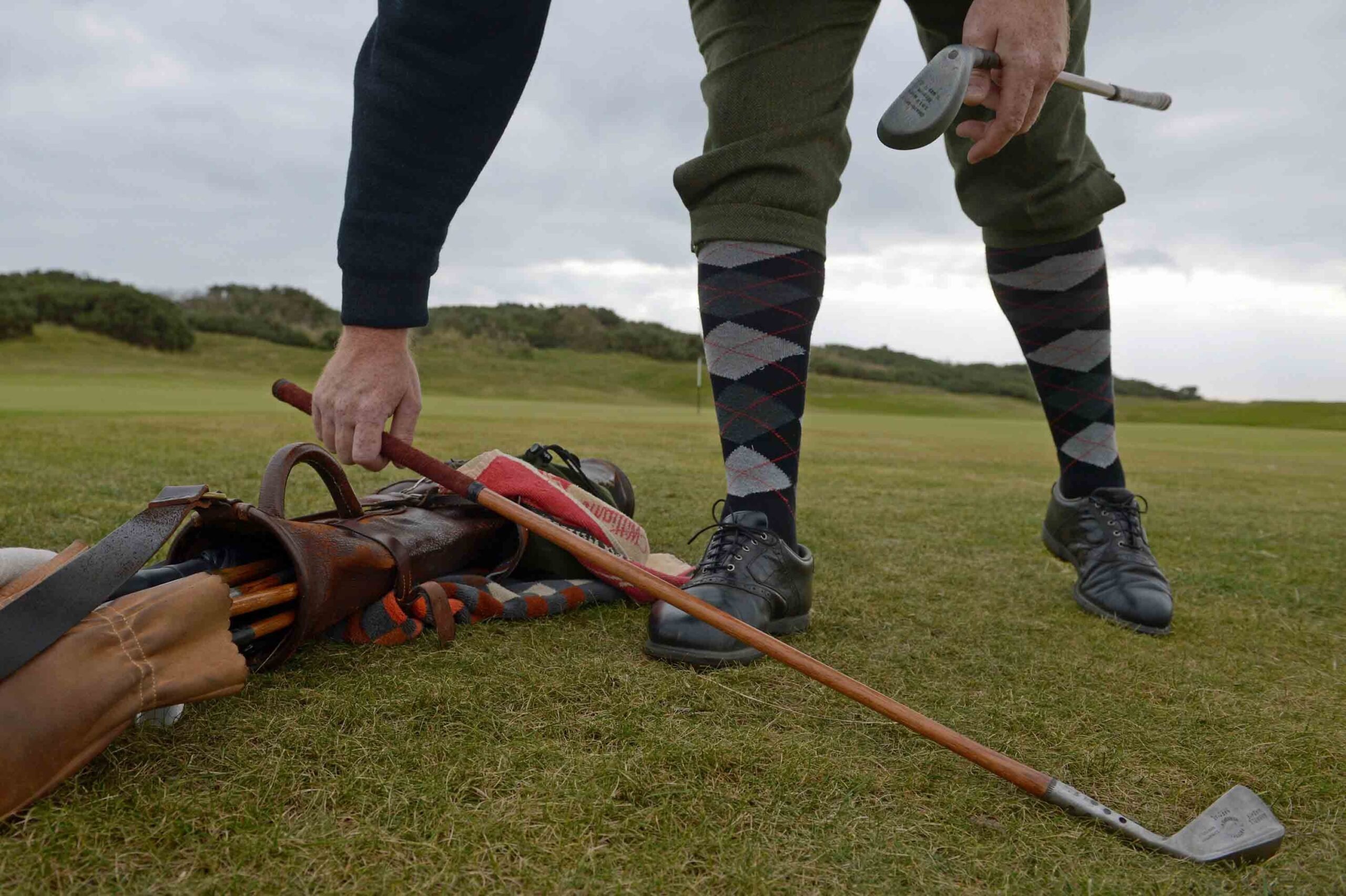
This club is famous for… legalising steel shafts
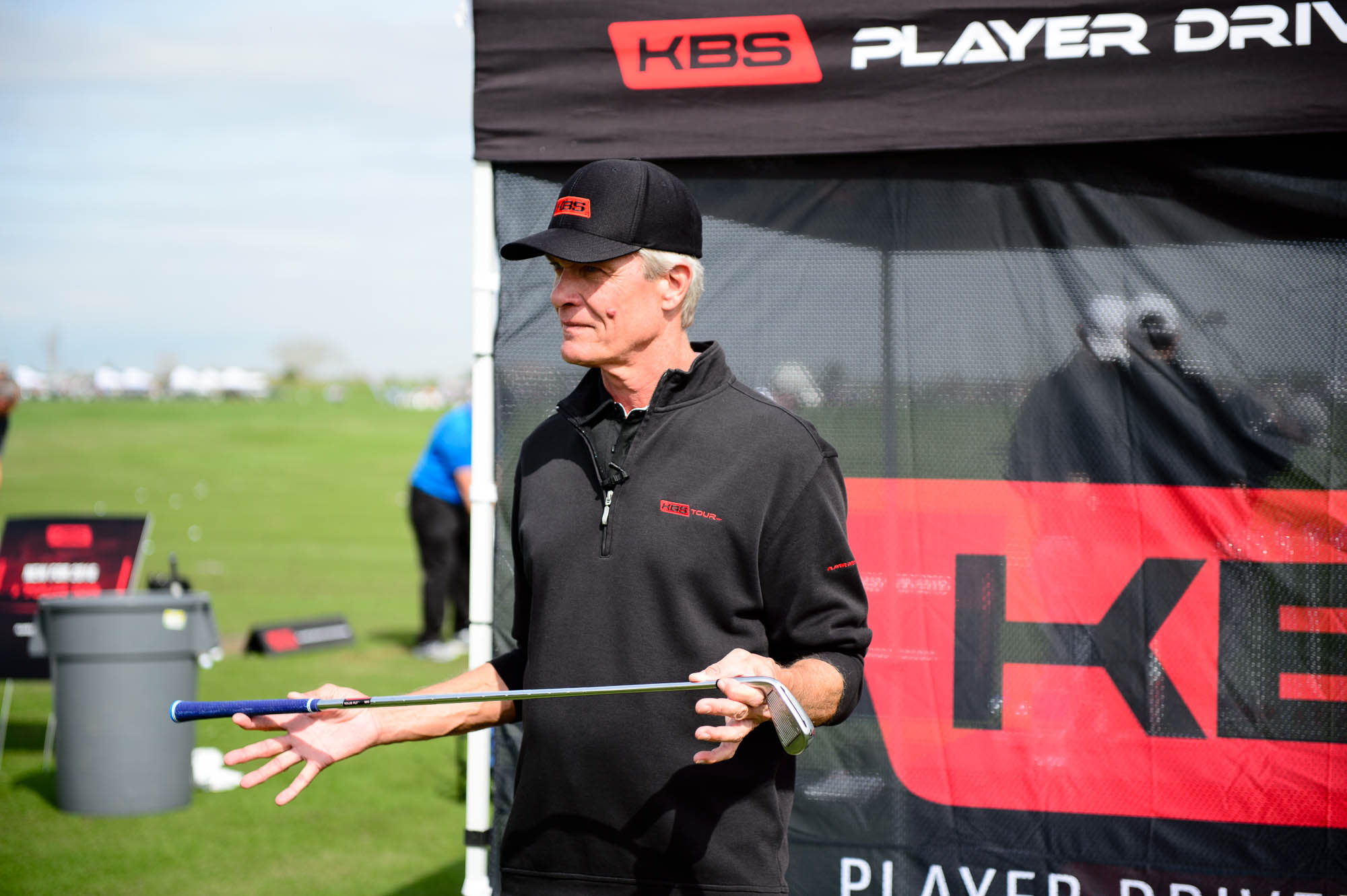
Tech talk: How to get the right shafts in your irons
If you had one piece of advice, what would it be?
If you want to work in golf then you need to study for a bit and figure out what part of the game is best suited to your talents.
Maybe you’re an analytical guy who enjoys helping people play better you might become a fitter or a teacher.
One of the important things is in our industry the thing that is growing th fastest and maybe the only thing that is growing is custom-fitting.
It’s really taken off, as it should. It’s amazing the number of great players that have never been fit.
This has happened 100 or even 500 times where I ask a player who is playing a Dynamic Gold shaft – if you were a good player, that was what you played.
I’ve asked at least 100 players why they play that shaft and it is never about how it feels or the way it flights the ball. It’s ‘I’ve just always played it’ or ‘I’ve never played anything else’.
There’s so many things we can do in our industry. In terms of numbers of people it’s not a huge industry but in terms of different parts to it, there’s a lot.
Maybe you’re into agronomy?

If you weren’t working in golf what might you be doing?
When I graduated from high school I travelled for four years and I was one of those guys who was going to do Europe on a shoe-string. I had 500 bucks, I had two months before school started but that two months became a little less than four years and I just travelled the world and I think if I didn’t get involved in golf it would have been something to do with travelling.
A few quick-fire ones. What’s your current handicap?
Two.
Have you ever had a hole-in-one?
I’ve had four.
Tiger or Jack?
Jack.

What’s the one thing you can’t live without?
About three months ago I had my rotator cuff operated on so I’ve not been able to play for three months, now I’ve been told it’s going to be three more so that’s tough to live without.
What’s the single most significant innovation in golf equipment?
There’s been some real quantum leaps it’s going to be tough to have any of those leaps again as we have restrictions – the club can only be so long, the ball is only allowed to so fast.
The Great Big Bertha Driver – that was a quantum leap.
We’ve learned so much about shafts being able to manipulate flight.
Adjustable drivers were a quantum leap – being able to pop a new shaft into the head allows you to really fit somebody.
There’s things that have happened which you take for granted now.
I don’t want to say we’ve gone as far as we’re going to go. There’s always something around the corner that we don’t know about and that’s one of the things I look forward to.
It’s going to be difficult but I’m not saying it won’t happen.
Find out more on the KBS website.
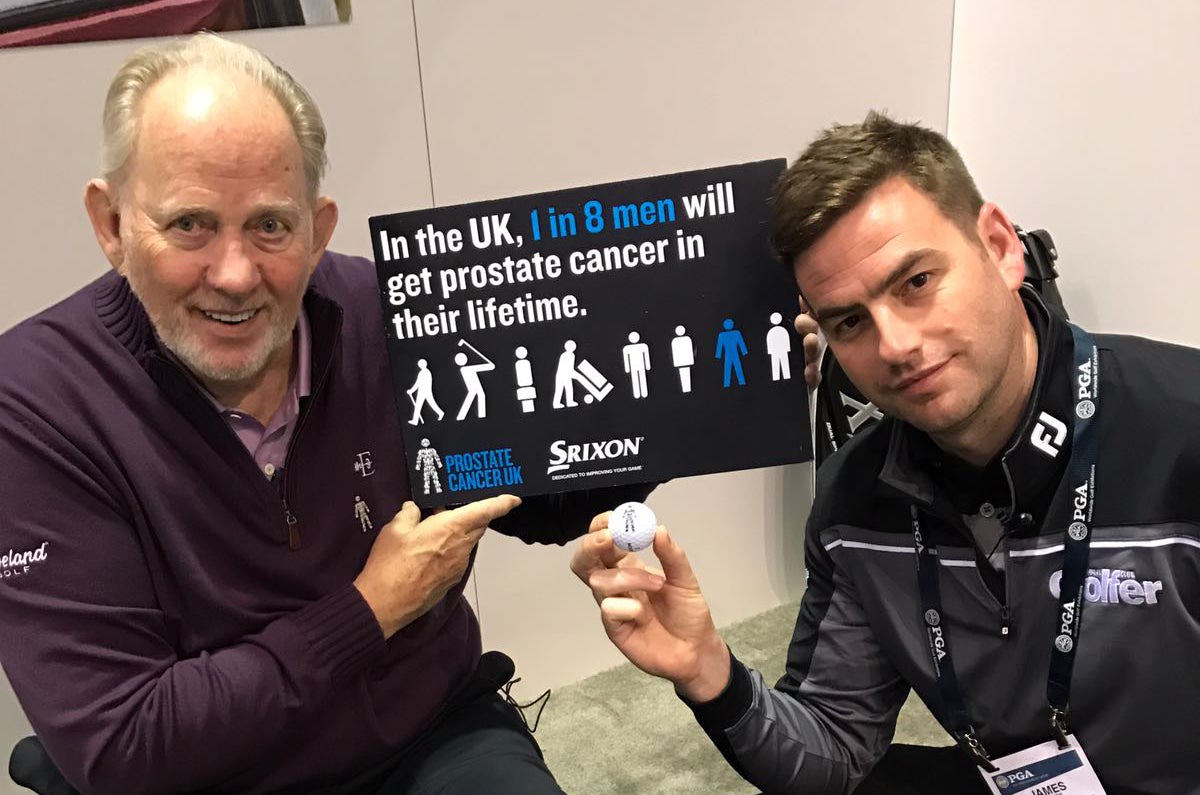
People you should know in golf: Dave Pelz
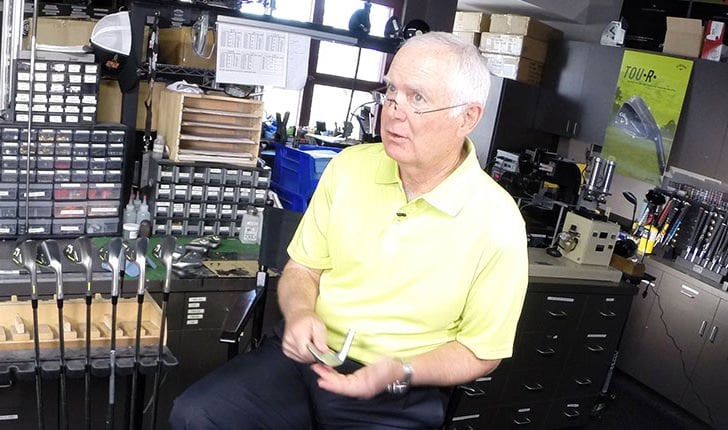
People you should know in golf: Roger Cleveland
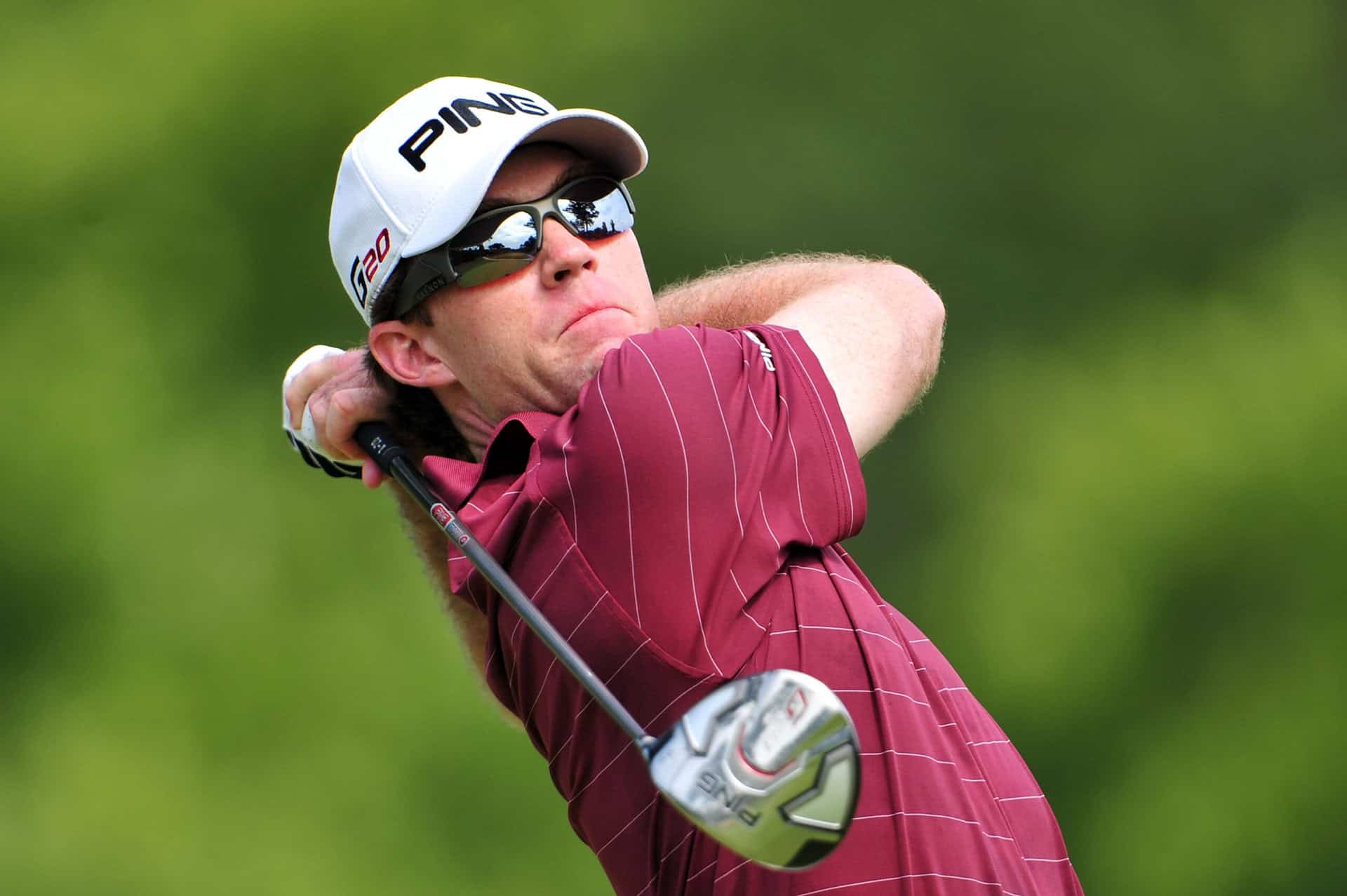
People you should know in golf: Marty Jertson
James Savage
Former equipment editor of NCG. Inconsistent ball-striker and tea-maker.


